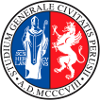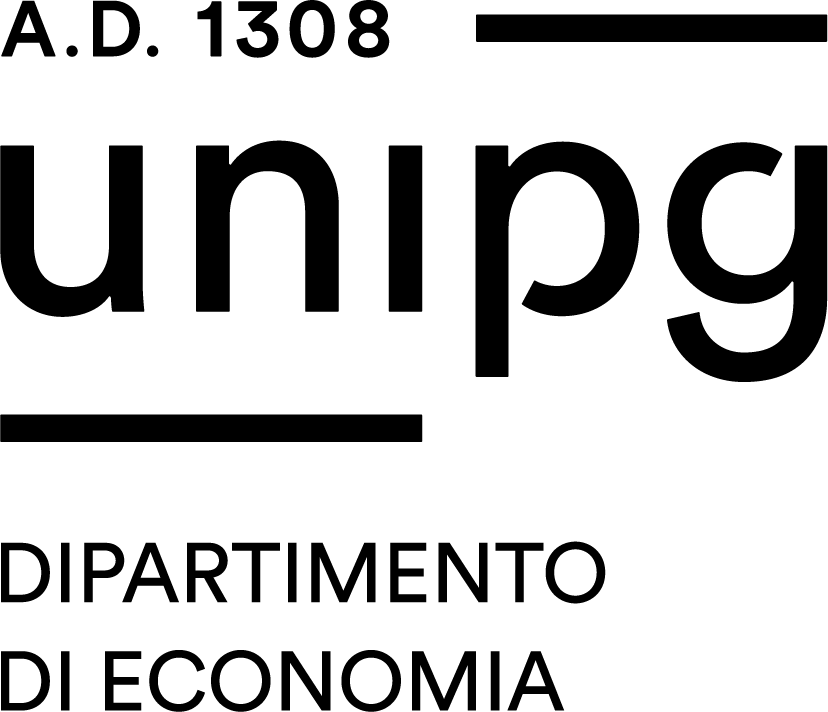Study-unit STRUCTURAL ANALYSIS AND DESIGN
| Course name | Civil and environmental engineering |
|---|---|
| Study-unit Code | 70721512 |
| Location | PERUGIA |
| Curriculum | Comune a tutti i curricula |
| Lecturer | Filippo Ubertini |
| Lecturers |
|
| Hours |
|
| CFU | 12 |
| Course Regulation | Coorte 2023 |
| Supplied | 2025/26 |
| Supplied other course regulation | |
| Learning activities | Caratterizzante |
| Area | Ingegneria civile |
| Sector | ICAR/09 |
| Type of study-unit | Obbligatorio (Required) |
| Type of learning activities | Attività formativa monodisciplinare |
| Language of instruction | Italian |
| Contents | Fundamentals of mass geometry. Key concepts in structural analysis: including determination of the elastic curve, the force method, the three-moment equation for continuous beams, and the displacement method. The course introduces the methodology of structural design, with a focus on the probabilistic theory of safety, models for actions and material behavior, and the framework provided by Italian regulations and the Eurocodes. Safety assessments are discussed in terms of internal forces, stress components, and strain limits, with specific attention to serviceability limit states. Steel Structures: Topics include material properties, design principles, strength and stability verification, practical design and construction rules, and relevant standards. Reinforced Concrete Structures: Coverage includes materials and technologies, design methods, practical execution guidelines, code provisions, and time-dependent behaviors such as creep and shrinkage. The course includes practical Design Exercises, in which students develop structural projects for both a steel structure and a reinforced concrete structure. |
| Reference texts | Teaching material made available on UNISTUDIUM. E.Cosenza, G.Manfredi, M.Pecce "Strutture in cemento armato - Basi della progettazione - Terza Edizione" Hoepli, 2019. Radogna, E. F.: "Tecnica delle Costruzioni", Voll. 1 e 2, Zanichelli Mezzina, M.: "Fondamenti di Tecnica delle Costruzioni", Città Studi Edizioni Ballio, G.; Mazzolani, F.M.: Strutture in acciaio, Hoepli Giangreco, E: Teoria e tecnica delle costruzioni, Vol. I, Liguori editore 1991 |
| Educational objectives | Structural Analysis and Design is the first course where students apply the theoretical foundations learned in Mathematical Physics and Structural Mechanics to the practical design of structural elements commonly used in reinforced concrete and steel civil engineering works. The primary educational objective is to develop the ability to design typical reinforced concrete and steel structures at an executive level, in accordance with current construction codes. This competency is a core component of the professional skillset required of civil and environmental engineers. Key Knowledge Acquired: • Fundamentals of the probabilistic and semi-probabilistic approaches to structural safety; • Basics of modeling loads acting on civil engineering structures; • Understanding of the mechanical behavior of reinforced concrete and steel structural elements, including nonlinear behavior; • Methodological principles underlying current technical codes for structural design; • Core principles for designing the structural system of buildings made of reinforced concrete and steel. Key Skills Developed: • Perform structural checks at both Serviceability Limit States (SLS) and Ultimate Limit States (ULS) for reinforced concrete and steel elements; • Identify design constraints that influence the sizing and detailing of reinforced concrete and steel structures; • Acquire fundamental drafting skills for producing construction-level drawings and preparing structural design reports; • Understand and apply the technical regulations governing structural design and construction. |
| Prerequisites | The background knowledge needed to achieve the objectives of the course are the following: • Strength of materials: fundamentals of elasticity and Energetic Theorems, static analysis of of statically determinate and undeterminate structures. This knowledge is an indispensable prerequisite for the student who wants to follow the course successfully. |
| Teaching methods | The course is organized as follows: - classroom lectures on all the topics of the course; - classroom exercises for the verification and design of structural elements in reinforced concrete and steel and for carrying out exercises in preparation for the written test. |
| Other information | The course aims to provide the theoretical foundations and regulatory references necessary for the use of steel and concrete in the design and construction of civil and industrial structures. |
| Learning verification modality | The exam is composed of a written part and an oral eamination. The written examination consists of the solution of two excercises of practical nature. The oral test consists of a discussion around 30 minutes long aimed at verifying: i) the level of knowledge of the theoretical- methodological contents of the course (Dublin descriptor # 1), with special reference to the methodology of structural design; to the theory of structural safety, to the Italian Building Code, to the construction made of steel and concrete, to the practical rules of design and construction, etc.., ii) the level of competence iin discussing the technical solutions useful tu build steel and concrete structures (Dublin descriptor #2), iii) the authonomy of judgement (Dublin descriptor # 3) in proposing the most effective approach fo each application case, with full awareness of the adopted hypotheses and of the physical meaning of the involved quantities. The oral examination will allow to verify the communication capability of the student with proper language and authonom organization of the exposition Dublin descriptor # 4). |
| Extended program | The course offers advanced topics in structural analysis, including a review of mass geometry and the analysis of statically indeterminate systems using the displacement method. It introduces the methodology of structural design, focusing on the probabilistic theory of structural safety and the modeling of loads and material behavior. Design approaches are framed within the context of both Italian technical standards and the Eurocodes. Key topics include the assessment of structural safety in terms of loads, internal forces, and stresses, as well as serviceability limit conditions. Steel Structures: • Material properties • Design and calculation principles • Structural verification and stability analysis • Practical guidelines for design and construction • Relevant codes and standards Reinforced Concrete Structures: • Materials and construction technology • Design principles and calculation methods • Practical design and execution rules • Relevant codes and standards • Time-dependent effects such as creep The course includes practical training activities, where students develop design projects for both a steel structure and a reinforced concrete structure. |
| Obiettivi Agenda 2030 per lo sviluppo sostenibile | Industry, innovation and infrastructure. Sustainable cities and communities. |


